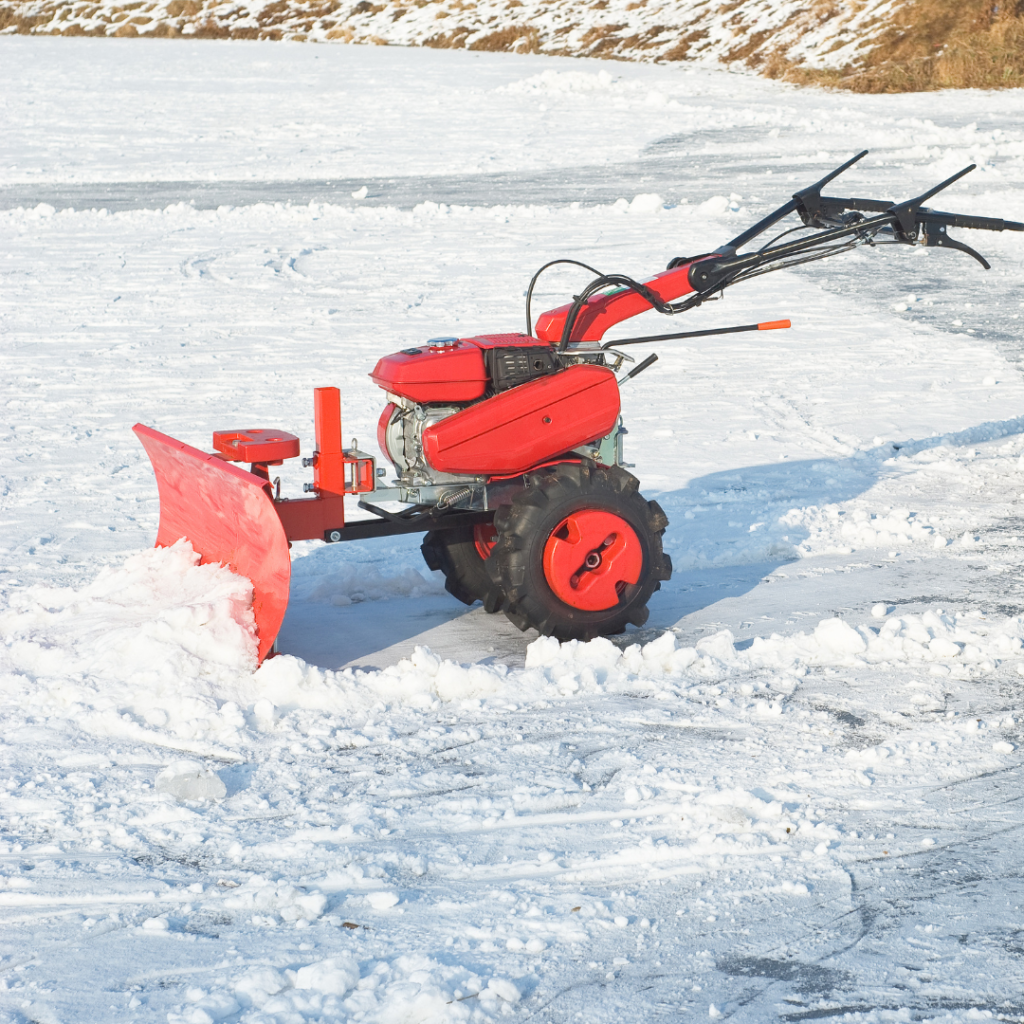Preparing your home for a snowstorm is crucial to ensure safety and prevent potential damage to your home. Here are some ideas to help you keep you up and running when the chilly temps and winter weather move in.
1. Inspect and Insulate Pipes:
Insulate exposed pipes to prevent freezing and bursting.
Allow faucets to drip to relieve pressure in the pipes.
Open ALL cupboards to let indoor air circulate around pipes
If electricity is lost or you plan to leave the home, BE SURE to turn your water off at the main.
2. Check Heating Systems:
Ensure your heating system is in good working condition.
Stock up on fuel for heating systems like furnaces or wood-burning stoves.

3. Protect Outdoor Faucets:
Turn off and drain outdoor water faucets.
Consider covering outdoor faucets with insulating material.
4. Clean Gutters:
Remove leaves and debris from gutters before the snowstorm.
This prevents ice dams and potential water damage.
5. Trim Tree Branches and check tree health:
Trim branches, and consider removing diseased trees that could potentially fall on your home during heavy snow.
This reduces the risk of damage to your property.

6. Check Roof Integrity:
Inspect the roof for loose or damaged shingles.
Address any issues to prevent leaks from melting snow.
7. Stock Up on Essentials:
Have an emergency supply kit ready, including non-perishable food, water, flashlights, and blankets.
Ensure you have enough medications and other essentials.
8. Protect Outdoor Furniture:
Store or cover outdoor furniture to prevent damage from snow and ice.
This extends the life of your furniture and makes cleanup easier.

9. Backup Power Source:
Test the generator before the snowstorm arrive
10. Seal Windows and Doors:

12. Stay Informed:
Keep a battery-powered weather radio for updates. Monitor local news and weather forecasts for real-time information.
13. Protect Pets:
Bring pets indoors or provide them with proper shelter and insulation. Ensure they have enough food and water.
14. Insulate Windows:
15. Clear Pathways and Driveways:
Shovel snow regularly to prevent buildup.
Apply ice melt or sand on pathways and driveways to prevent slipping.
